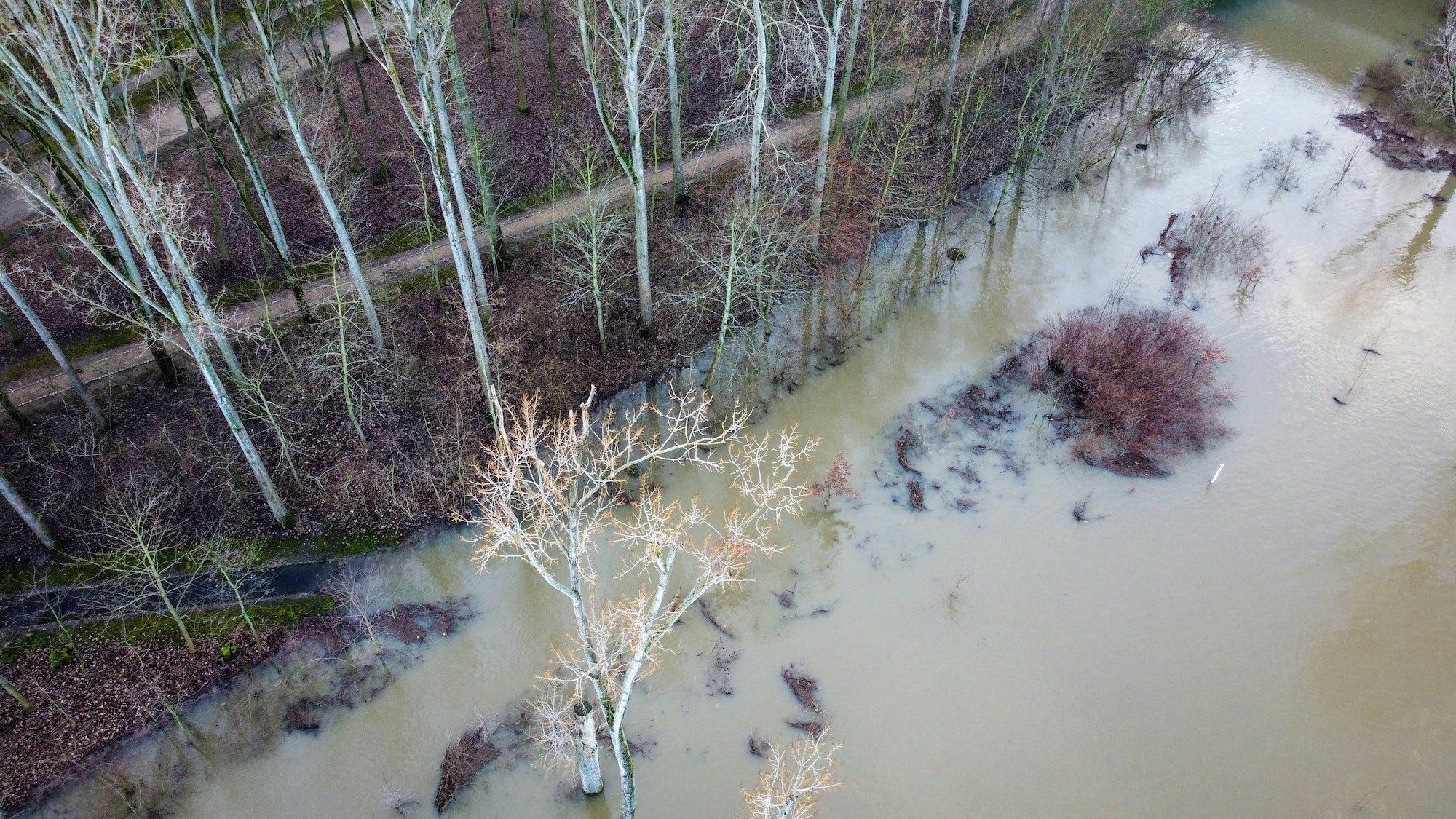Jul 1 2021
Plants absorb nearly one-third of the carbon dioxide discharged due to human activities and store it in soil, thereby preventing it from turning into a heat-trapping gas. Thus they play a vital role in controlling climate change.

Image Credit: Matthew / Unsplash.
According to a new study, this service of the ecosystem is impacted by extreme weather, but when carbon uptake is concerned, floods are studied far less compared to droughts and they might be just as significant.
More than 30 years of a global review of vegetation by scientists from Stanford University has helped discover that photosynthesis — the process through which plants take up carbon dioxide from the atmosphere — was mainly impacted by heavy rainfall and floods almost as frequently as droughts in several locations.
The study was published in the journal Environmental Research Letters on June 29th, 2021, and emphasizes the significance of integrating plant responses to heavy rainfall in modeling soil carbon storage and vegetation dynamics in a warming world.
These wet extremes have basically been ignored in this field and we’re showing that researchers need to rethink it when designing schemes for future carbon accounting. Specific regions might be much more important for flood impacts than previously thought.
Alexandra Konings, Study Senior Author and Assistant Professor of Earth System Science, School of Earth, Energy & Environmental Sciences, Stanford University
The scientists believe that more photosynthesis together with other factors can allow higher amounts of carbon to be stored in the soil over a long period. To evaluate the existence of photosynthesis, the researchers examined plant greenness as per the publicly available satellite data collected from 1981 to 2015.
Since the field of carbon accounting is controlled by a study on drought impacts, the co-authors of the study were surprised to know that photosynthesis was impacted by flooding so often — in around half the regions in the analysis. Drought can act as a factor to reduce photosynthesis, but wet extremes can either decrease or expedite the process.
I think the drought side is probably something that many of us understand clearly because we can see soils drying out—we know that plants need water to be able to function normally.
Caroline Famiglietti, Study Lead Author and PhD Student in Earth System Science, Stanford University
With the help of statistical analysis, the team split the globe into regions and separated periods during which the photosynthetic activity of the plants would not have been caused by other factors like sunlight or temperature changes.
Then, the researchers utilized various long-lasting soil moisture datasets to find which locations were highly sensitive to extreme wet events compared to extreme dry events, They identified that many regions in eastern Africa, central Mexico and northern latitudes must be targeted for additional investigation.
Everything that is observed in this master dataset reflects the behavior of the broader climate system. This paper identified something surprising, but it didn't answer all the questions we still have.
Caroline Famiglietti, Study Lead Author and PhD Student in Earth System Science, Stanford University
In a warmer world, extreme weather is predicted to turn more intense, widespread and persistent, but the mechanisms that regulate drought responses in plants are very well understood compared to extreme wet responses.
According to Konings, the study findings offer an opportunity to overcome “a big component of the uncertainty in future climate change and its links to ecosystem carbon storage.”
“If we can better understand these processes, we can improve modeling and better prepare for the future,” stated Famiglietti.
Konings is also a center fellow, by courtesy, of the Stanford Woods Institute for the Environment, and an assistant professor, by courtesy, of geophysics. The co-author of the study Anna Michalak is affiliated with the Department of Earth System Science and the Carnegie Institution for Science.
The study was financially supported by the National Oceanic and Atmospheric Administration (NOAA).
Journal Reference:
Famiglietti, C. A., et al. (2021) Extreme wet events as important as extreme dry events in controlling spatial patterns of vegetation greenness anomalies. Environmental Research Letters. doi.org/10.1088/1748-9326/abfc78.